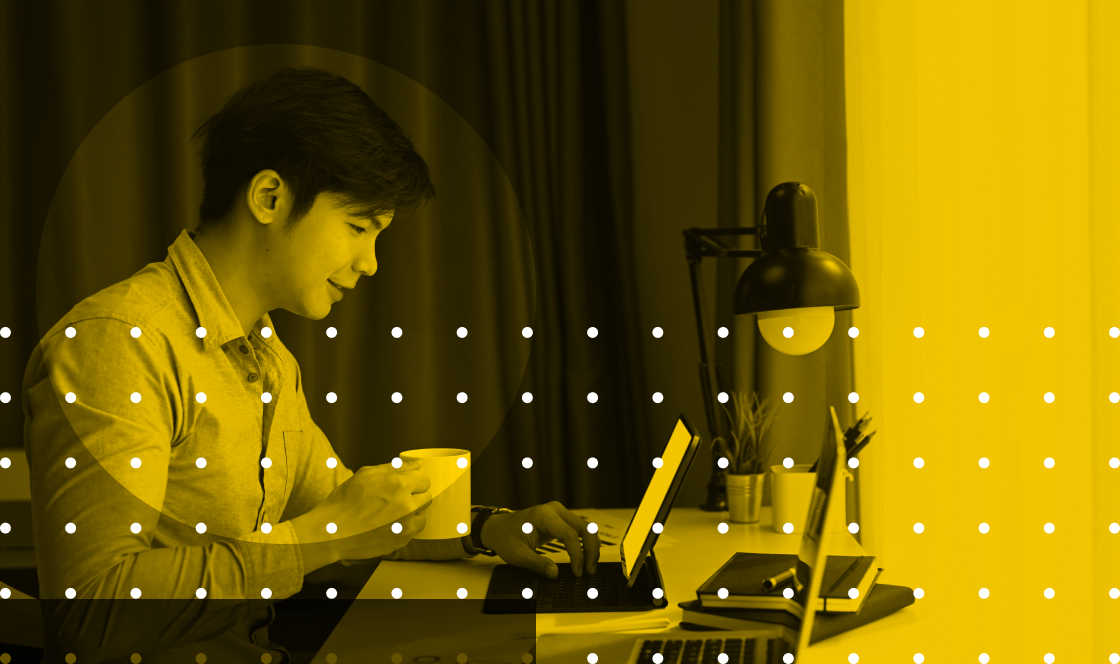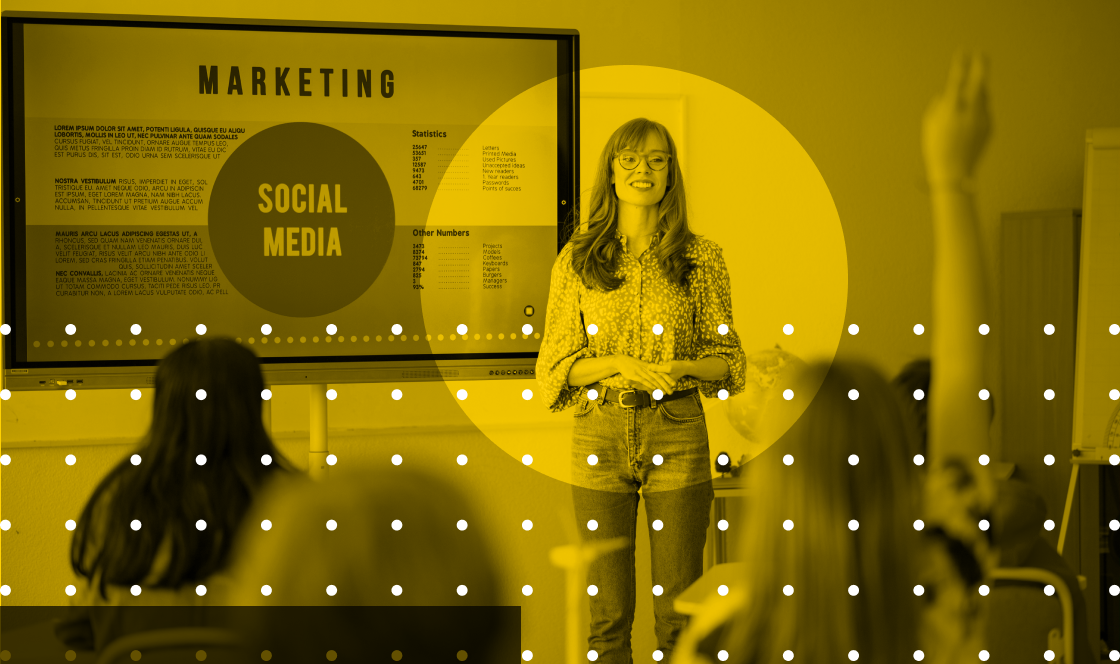What if you could turn a vision into a working prototype in minutes—not weeks? What if business leaders could stop writing lengthy requirements documents and instead deliver functional apps that speak for themselves?
You can. Right now.
Welcome to the era of “throwaway apps”—lightweight, purpose-built applications designed to solve a single problem, test an idea, or prototype a concept before disappearing. Powered by AI-driven coding tools like Vercel’s v0, Cursor, and no-code platforms, these disposable apps are fundamentally changing how we think about software development.
And they’re killing the requirements document in the process.
What I Learned Building Four Apps in One Week
Here’s what changed my mind about AI coding tools.
Last week, I used v0 and disposable app builders to create four working applications. An interactive dashboard to analyze lead form submissions. A data visualization tool that turned CSV files into compelling charts for a blog post. A real estate investment calculator. And a stress testing tool for investment portfolios.
Total time invested? Less than four hours across all four apps.
What struck me wasn’t just the speed—it was the fidelity. These weren’t rough sketches or wireframes. They were working prototypes with 100% clarity, ready for immediate use or perfect input for a more sophisticated development project. No ambiguity. No “I think this is what you meant.” Just functioning software.
This is the shift. You don’t write specifications anymore. You build the thing, test it, and decide if it’s worth scaling.
What Are Throwaway Apps?
Throwaway apps are quick, single-use applications built to address a specific need and then retired once their purpose is fulfilled. Unlike traditional software designed for longevity and ongoing maintenance, disposable apps embrace short lifecycles and on-demand creation.
These aren’t permanent products. They’re digital reconnaissance missions.
They’re digital tools you spin up to:
• Visualize data for a presentation • Test a business idea before committing resources • Create an interactive prototype for client feedback • Build a calculator or dashboard for a one-time analysis
Recent industry data reveals the scale of this shift: over 50% of installed apps are uninstalled within 30 days, and average Day 30 retention sits at just 2.1% for Android and 3.7% for iOS. The software industry is already moving toward ephemeral, purpose-driven tools.
We’re just now catching up to what users have been telling us for years: most software doesn’t need to last forever.
Why This Works Now: The Tech Stack That Makes It Possible
Three technological advances converged to make throwaway apps not just possible, but practical.
AI-Powered Code Generation
Tools like Cursor (which saw revenue explode from $1M in 2023 to $100M in 2024) and Vercel’s v0 Platform API enable developers and non-developers alike to generate functional code from natural language prompts. Stack Overflow’s 2025 survey found that 72% of professional developers now use or plan to use an AI assistant in their daily workflow.
That’s not “exploring AI tools.” That’s mainstream adoption in less than 18 months.
No-Code/Low-Code Platforms
Platforms like Bubble, Replit, and v0.dev provide drag-and-drop interfaces and conversational AI that translate ideas into working prototypes without writing a single line of code. The barrier to entry dropped from “learn to code” to “explain what you want.”
Serverless Infrastructure
Cloud platforms allow apps to be deployed instantly without provisioning servers, making it economically viable to create temporary solutions. Spin it up. Use it. Kill it. No infrastructure costs haunting you three months later.
These three capabilities combined create something we’ve never had before: the ability to materialize software ideas as fast as you can describe them.
How to Use Throwaway Apps to Kill Requirements Documents
Traditional agency work began with exhaustive requirements documents and detailed proposals. That process is fundamentally broken.
Here’s why: clients don’t read 30-page requirement specs. They skim them, say “looks good,” and then act surprised when you deliver exactly what you documented because they didn’t actually visualize what you meant.
Now I deliver prototypes instead of proposals.
Clients don’t read descriptions of what I’ll build—they click through working versions and provide real feedback. The conversation shifts from “Can you build what I’m imagining?” to “Can we take this to the next level?”
What This Eliminates
Miscommunication about features and functionality. You’re not debating whether a button should say “Submit” or “Continue.” You’re clicking the button and seeing what happens.
The back-and-forth of clarifying abstract requirements. When a client says “I want it to be intuitive,” you don’t write that down and hope for the best. You build three versions and ask which one feels intuitive.
The risk of building the wrong thing. By the time you’re writing production code, everyone has already seen the prototype. You’re not guessing. You’re executing against a proven concept.
Think of throwaway apps as reconnaissance missions. You’re not committing the full force—you’re sending a small team to scout the terrain, identify threats, and come back with intel. Only then do you plan the real operation.
The 3-Phase Throwaway App Framework
Here’s how to actually use this in your workflow.
Phase 1: Prototype in Hours — Use v0, Cursor, or Replit to turn your vision into a working demo. Don’t write specs. Don’t create wireframes. Build the thing. If you can describe it in a paragraph, you can prototype it in an afternoon.
Phase 2: Validate With Real Users — Put the prototype in front of your team, clients, or prospects. Watch what they click. Listen to what confuses them. Record what excites them. This is the feedback that actually matters—not theoretical discussions about features.
Phase 3: Decide: Kill, Keep, or Scale — If it works, hand it to engineering with a working example instead of a requirements document. If it doesn’t work, kill it and move on. Either way, you learned in days instead of months.
The entire cycle—from idea to validated concept—happens in a week or less. Compare that to the traditional process where you’re three months in before anyone touches a working prototype.
The Low-Risk Experimentation Advantage
Throwaway apps have become my default first step for any new project. There’s virtually no risk or investment required to test an idea, validate assumptions, or scope the complexity of a project.
Developers at companies like Brex report that 70% of their engineers now actively use AI coding tools, with 45% of all code changes originating from platforms like Cursor. Teams are seeing 20-25% time savings on common tasks and 30-50% reductions in development cycles for complex projects.
That’s not incremental improvement. That’s a fundamental shift in how software gets built.
Let’s Talk About Where This Breaks Down
Here’s the uncomfortable truth that many in the industry are ignoring: AI is not ready to take an unskilled business owner from vision to production-ready software.
Not even close.
The Danger Zone: What Happens When You Push Too Far
Trying to push throwaway apps into production—without software engineering skills and training—leads to disasters:
• Security vulnerabilities — AI-generated code doesn’t know about SQL injection, XSS attacks, or authentication best practices. It writes what works, not what’s safe. The difference between a prototype and production-ready code is often invisible until someone exploits it.
• Performance issues at scale — That prototype that loads in 2 seconds with 10 users? It’ll crash at 100 users because the AI didn’t optimize database queries, implement caching, or design for concurrency. It works until it doesn’t.
• Technical debt that becomes impossible to manage — AI generates code that solves the immediate problem without considering maintainability, extensibility, or architectural patterns. Six months later, nobody can figure out how to add a simple feature without breaking everything.
• Data privacy risks — Prototypes don’t implement proper data handling, encryption, or compliance with regulations like GDPR or CCPA. What works for a demo becomes a legal liability in production.
• Maintenance nightmares — When something breaks (and it will), you need someone who understands not just what the code does, but why it was written that way and how to fix it without creating cascading failures.
Many AI-driven projects are failing because we’re over-indexing on the false belief that AI can replace professional engineering entirely. It can’t. Not yet. Maybe not ever.
The Real Value Proposition: Bridge, Not Destination
Throwaway apps excel at the conceptual and prototyping phase. They let you:
• Test ideas with minimal investment • Refine requirements through working examples • Communicate vision to engineering teams with precision • Make informed go/no-go decisions before allocating serious resources
But they’re the bridge, not the destination.
Professional software engineers remain essential for production deployment, security hardening, scalability optimization, and long-term maintenance. The difference between a prototype and production-ready software is the difference between a concept car and a vehicle you’d trust your family in at 70 mph.
This is exactly the kind of strategic shift we help fintech founders navigate in our 90-day AI transformation engagements. We help you figure out what to prototype, what to build, and what to buy—before you waste resources building the wrong thing.
The Future: A Shift in How We Work
The winners in this new landscape won’t be those who believe AI can replace developers. They’ll be those who understand how to marry business vision with rapid, disposable app creation—and know when to hand off to engineering talent.
The shift isn’t about business users building their own apps. It’s about them shifting their work from writing specifications to building and testing their own prototypes before allocating resources.
As AI coding tools continue to mature—with Cursor’s valuation talks reaching $10B and Vercel’s v0 expanding from v0.dev to v0.app to serve founders, designers, marketers, and more—the ability to rapidly prototype will become a core competency across industries.
The future of work isn’t everyone coding. It’s everyone collaborating through prototypes.
Those who can translate vision into working throwaway apps—and know their limits—will define the next generation of product development.
What This Means for You
Stop writing requirements. Build prototypes that speak for themselves.
Use throwaway apps to test ideas and validate assumptions before committing resources. Embrace AI coding tools for rapid prototyping, but recognize their limitations. Partner with professional engineers for production-ready, secure, scalable software.
The competitive advantage goes to those who can rapidly iterate between vision and working code. Speed to validation beats speed to production every time.
The age of disposable software isn’t about replacing developers—it’s about empowering everyone to participate in the creative process of building software, while respecting the expertise required to make it production-ready.
Rip it out and sort. You can’t optimize chaos. But you can prototype your way out of it.
Want frameworks like this delivered weekly? I break down the strategic challenges facing fintech founders, CEOs, and CMOs in My Executive Brief—tactical insights for leaders who need action plans, not just news.
Every week, you’ll get:
- Strategic frameworks you can implement immediately
- Research-backed insights on AI, GTM strategy, and operational efficiency
- The trends reshaping financial services and B2B marketing
- Zero fluff, maximum signal
Subscribe to My Executive Brief and get the next edition in your inbox.
Stay focused. Stay productivity. Keep building.
— Bill Rice



